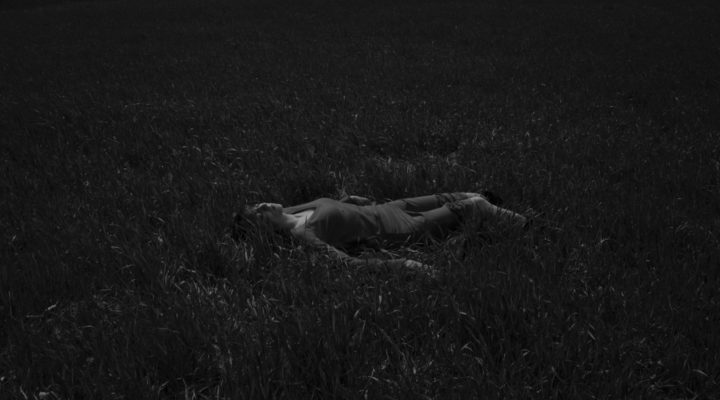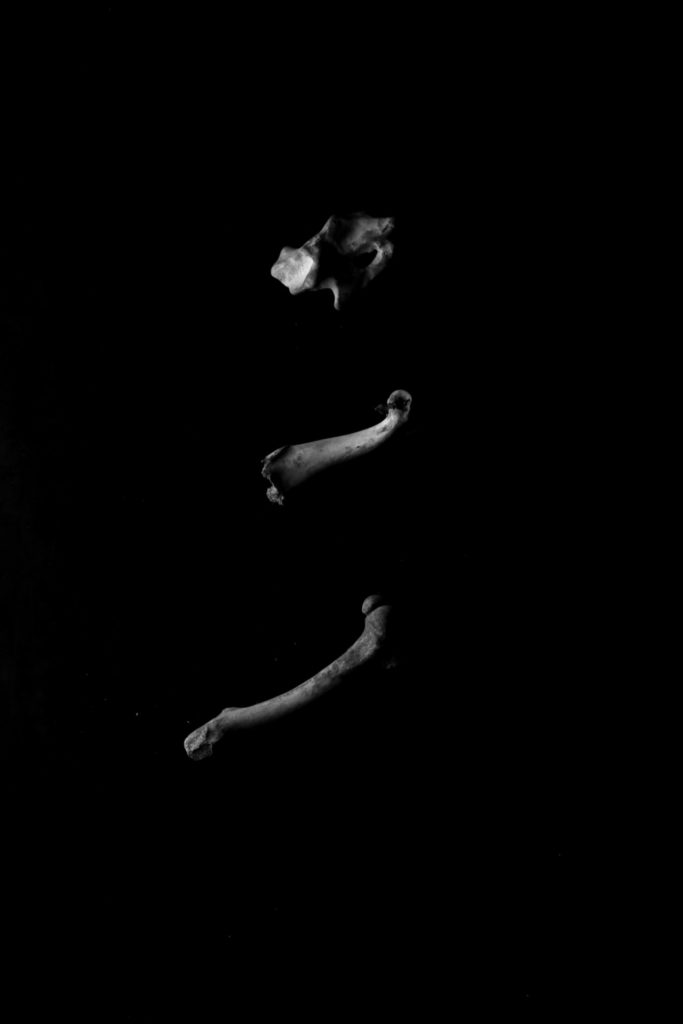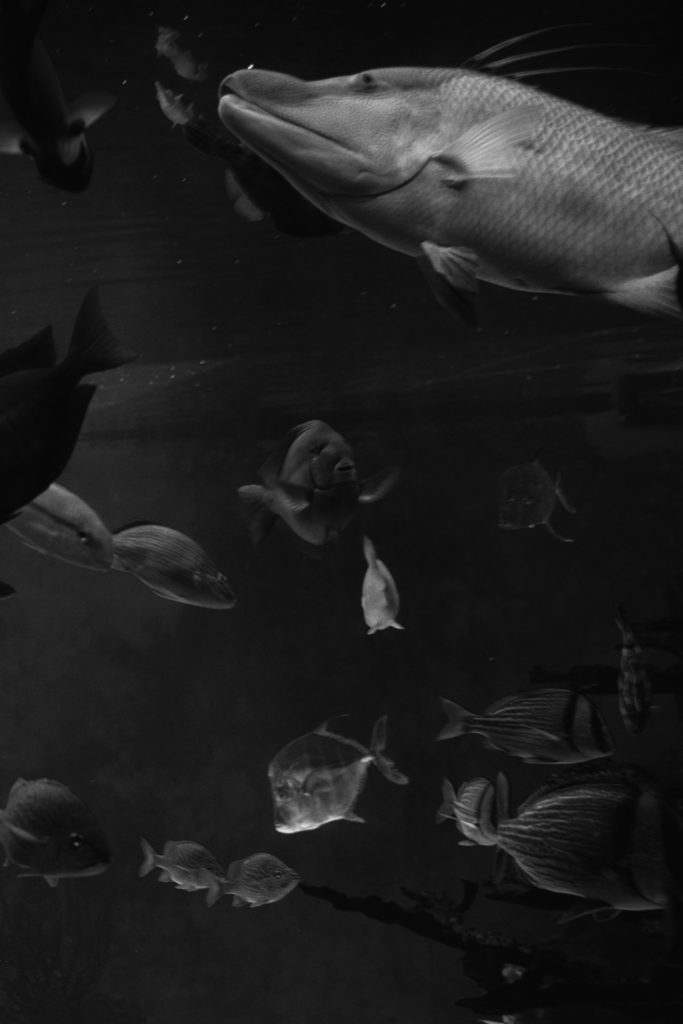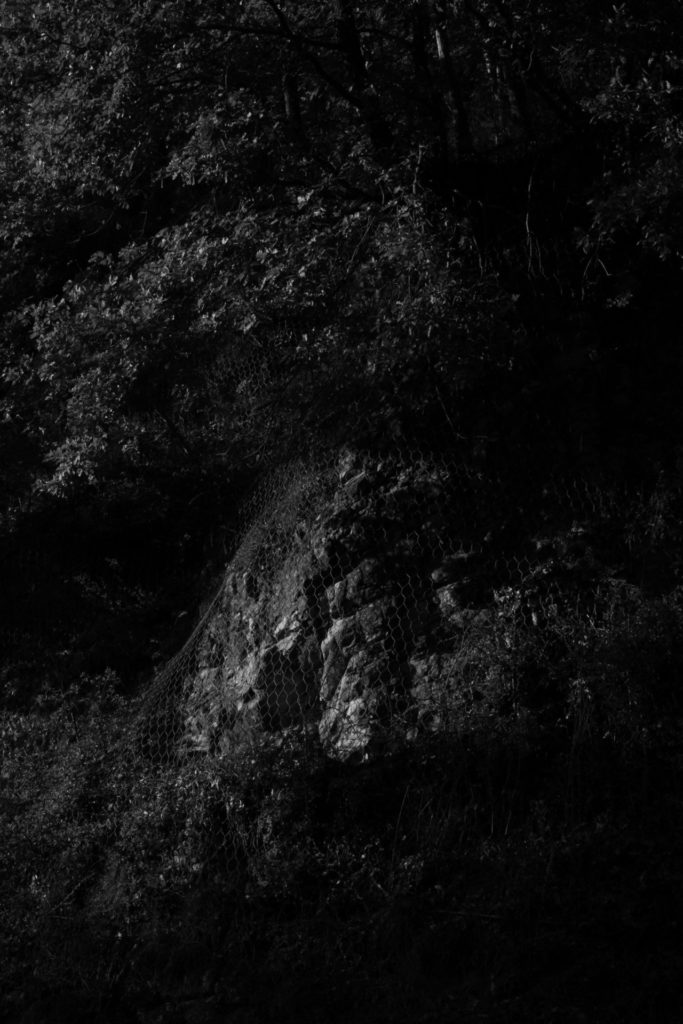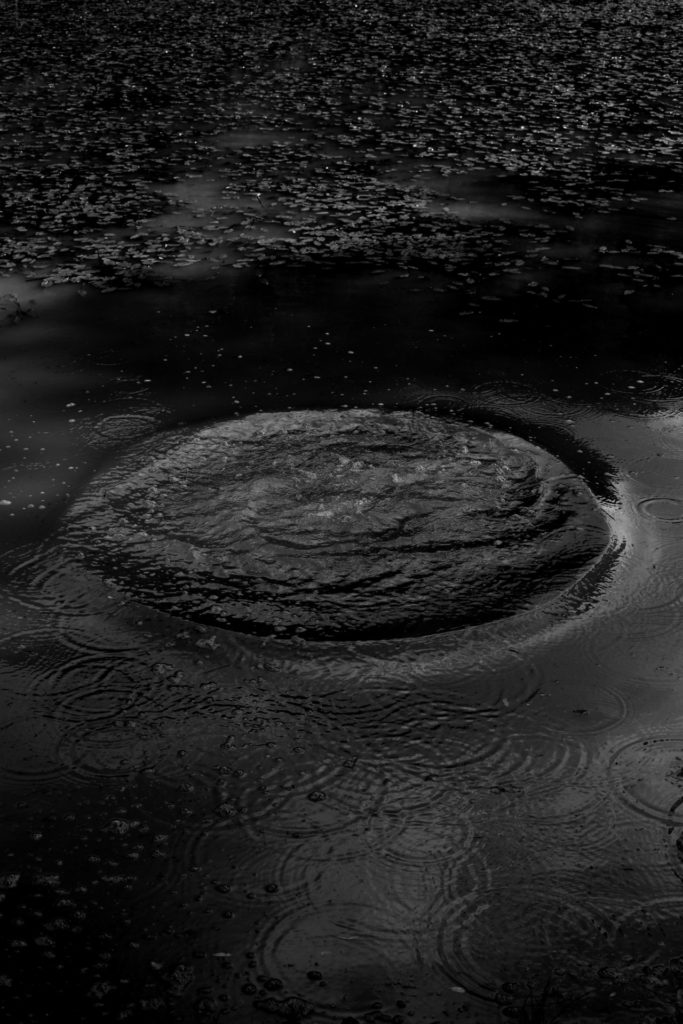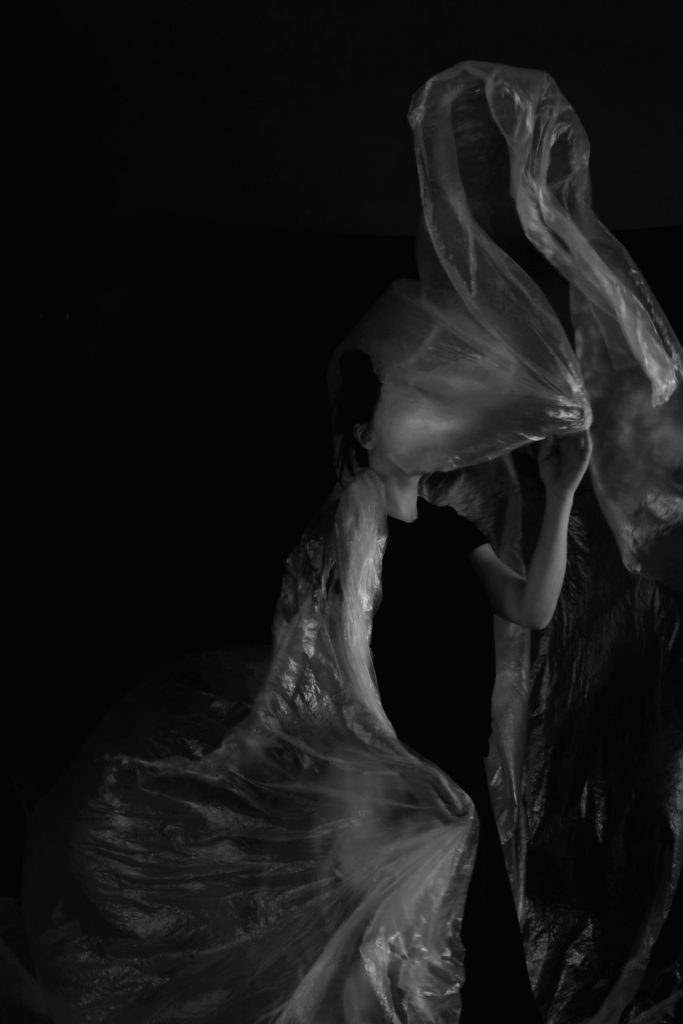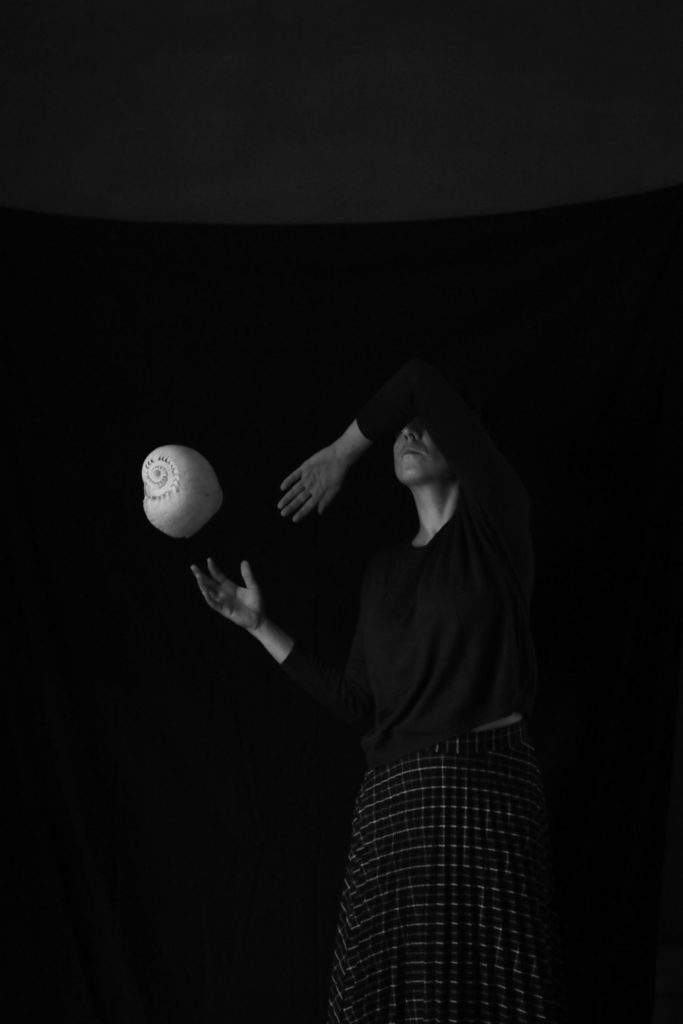Dans le cadre de l’exposition « Déchets, en finir avec l’invasion ? » présentée à Géopolis jusqu’au 20 décembre 2020, nous avons interviewé Simona Ghizzoni de l’agence MAPS à propos de son photoreportage « Rêve géologique ».
Depuis 2005, Simona Ghizzoni s’est engagée dans divers projets documentaires de long-terme en se concentrant principalement sur la condition de la femme à travers le monde et sur les relations entre l’homme et la nature. Elle a notamment réalisé « Odd Day », un reportage qui aborde les troubles alimentaires et « Afterdark » qui traite de l’impact psychologique de la guerre sur les femmes dans la zone du bassin méditerranéen. Plus récemment, elle a présenté « UNCUT », un reportage photographique et web documentaire illustrant le courage des femmes et leurs batailles contre les mutilations sexuelles féminines. Ses travaux ont notamment été récompensés au World Press Photo en 2008 et au Sony World Photography Awards en 2016. Elle a également été publiée dans des médias internationaux comme le New York Times, L’Espresso et El País.
Dans « Rêve Géologique », elle aborde l’impact de l’Humanité sur Terre en alliant la photographie et la recherche scientifique sur les questions de changement climatique. « Le projet a commencé lorsque j’ai pris conscience des chiffres et des données sur l’anthropocène et le changement climatique. Ils sont tellement disproportionnés par rapport à ce que l’on imagine. Plus il est difficile de s’imaginer le problème, moins on y porte d’intérêt. Globalement, c’est ça la base de mon travail. Rien ne devient important pour nous tant que cela ne devient pas personnel, tant que l’on n’en fait pas l’expérience et qu’on ne le voit pas ».
EN/ In the context of the exhibition ‘Waste, stop the invasion’, presented at Géopolis until December 20, we interviewed Simona Ghizzoni of MAPS images about her documentary ‘Rêve géologique’.
Since 2005, Ghizzoni has committed herself to long-term documentary projects, focussing mostly on the conditions of women worldwide, and the relationship between people and nature. Examples of projects she produced include ‘Odd Days’, on eating disorders; ‘Afterdark’, about the psychological impact of war and conflict on women in the Mediterranean; and ‘UNCUT’, about women’s alliances against female genital mutilations in Africa and Europe. Her work was awarded at, amongst others, the World Press Photo in 2008 and the Sony World Photography Awards in 2016, and has been published in international newspapers including the New York Times, L’Espresso and El País.
For ‘Rêve Géologique’, she visualised and explained the impact of Humanity on Earth, combining photography with scientific research on climate change. “The project started from the feeling that numbers and data on Anthropocene and climate change are so so huge, so disproportionate compared to our understanding. The less we can imagine an issue, the less we care. This is the basis of basically all my work. Nothing becomes important to us, until it becomes personal, until it becomes something we can experience, and something we can actually see.”
In the interview she talks about the project, its origin, and its relevance in the current context, and she comments on a selection of six photos, displayed below. The documentary ‘Rêve géologique’ is presented in the context of the exhibition ‘Waste, stop the invasion?’ until 20 December 2020.

